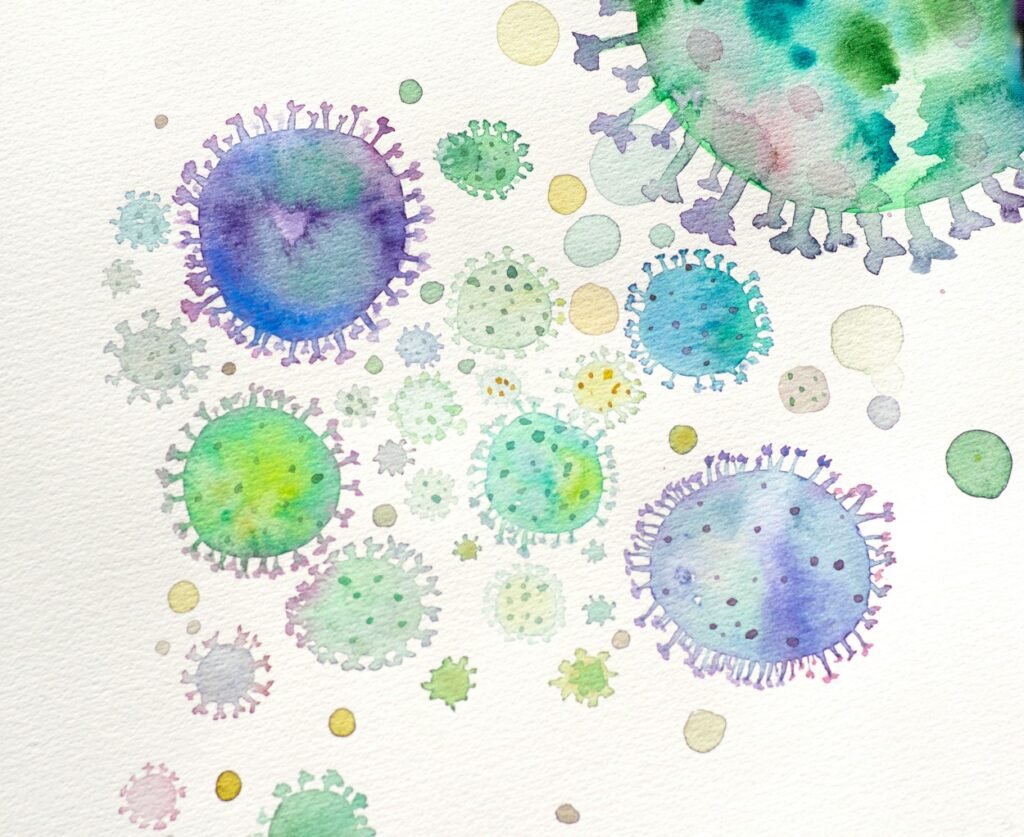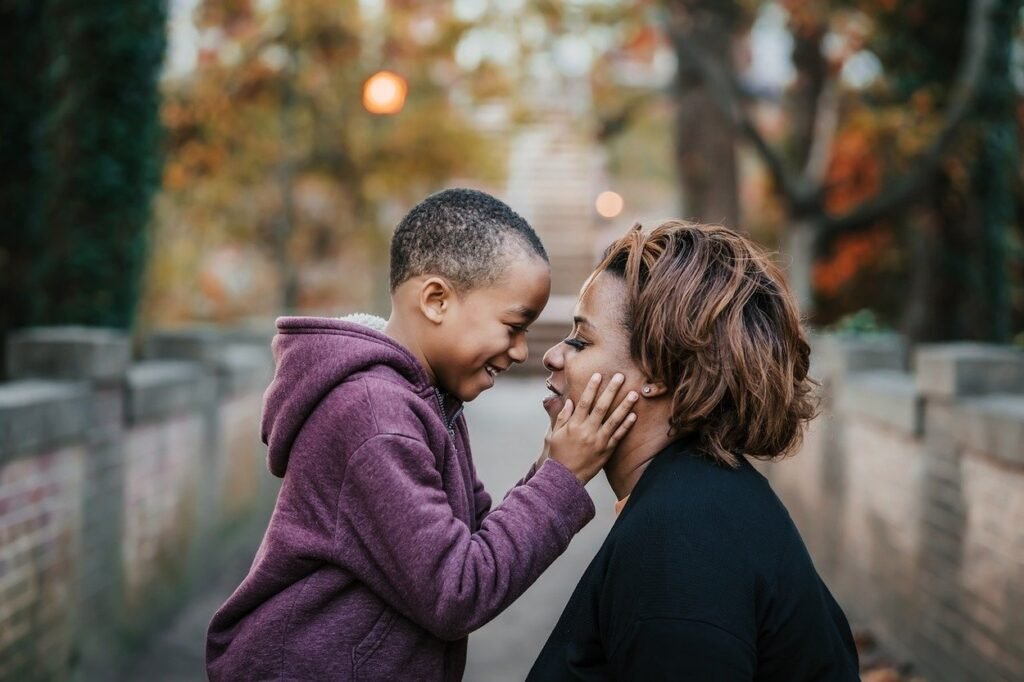Toddlers are little bundles of energy, joy, and—let’s be honest—snot. Between wiping noses, chasing after tiny feet, and trying to figure out what they just put in their mouths, the last thing any parent wants to deal with is a sick child. But when your little one starts coughing like they’ve been chain-smoking for decades, it’s natural to panic.
Could it be pneumonia? The dreaded P-word? Let’s dive into what pneumonia is, how your tot might catch it, and what you can do to keep them safe.
What Exactly is Pneumonia?
First things first: what are we dealing with here? Pneumonia is an infection that incite the air sacs in one or both lungs. These air sacs may fill with fluid or pus, making breathing difficult and causing that awful cough we all dread.
In adults, pneumonia can feel like a bad cold that just won’t quit. But in toddlers, who can’t always tell us what hurts or how they feel, it can be a bit more alarming.
Imagine trying to explain to a two-year-old that their lungs, those invisible things inside their chest, are filled with fluid. Good luck with that. Toddlers don’t do subtlety, and neither does pneumonia.

The Culprits Behind Pneumonia
Pneumonia doesn’t just appear out of thin air—it needs an instigator. There are a few usual suspects:
- Viruses: In toddlers, viral pneumonia is the most common. Respiratory syncytial virus (RSV) and influenza (the flu) are the big baddies here. Viruses are sneaky. They can start with a simple cold and then, before you know it, your toddler’s tiny lungs are under attack.
- Bacteria: Bacterial pneumonia is less common but more severe. Streptococcus pneumoniae is often the guilty party. Unlike viral pneumonia, bacterial pneumonia can hit hard and fast. One minute your kiddo is fine, the next, they’re down for the count.
- Fungi: This is the least common cause and usually happens in kids with weakened immune systems. Unless your toddler has a chronic illness or a seriously underdeveloped immune system, fungal pneumonia isn’t something to lose sleep over.
So, how do these nasty bugs find their way into your little one’s lungs? The same way toddlers find their way into mischief—through persistence and opportunity.
How Toddlers Get Exposed to Pneumonia?
Toddlers are like tiny petri dishes with legs. They explore the world with their hands, faces, and sometimes their mouths. This means they’re constantly exposed to germs, and because their immune systems are still learning the ropes, they’re more susceptible to infections.
Here’s how it typically happens:
- The Cold that Won’t Quit: Your toddler gets a cold. You know the drill—runny nose, low-grade fever, maybe a little cough. But instead of getting better, the cough gets worse. If a viral infection spreads to the lungs, it can turn into viral pneumonia. It’s like that annoying guest who just won’t leave—except it’s in your toddler’s lungs.
- Breathing in Germs: Pneumonia-causing bacteria and viruses are often airborne, spread by coughing, sneezing, or even talking. Toddlers aren’t exactly masters of personal space. If they’re around someone with pneumonia (or even a bad cold), those germs can hitch a ride into their respiratory system.
- Weak Immune System: If your toddler has a weakened immune system—maybe from a recent illness or a chronic condition—they’re more likely to develop pneumonia. Their immune system is like a bouncer who’s just too tired to keep the troublemakers out.
- Aspiration: Occasionally, toddlers can get pneumonia from inhaling food, drink, or even vomit into their lungs. This is more common in kids with swallowing difficulties or gastroesophageal reflux. Basically, it’s like trying to breathe and eat at the same time—something even adults can mess up, let alone a toddler who’s still mastering the art of coordination.

Symptoms to Watch Out For
Pneumonia in toddlers can be sneaky, so it’s important to know the signs. Remember, this is your cue to put on your detective hat and observe closely:
- Coughing: Not just any cough—this one is persistent and usually gets worse over time. It might start dry, then become wet and phlegmy.
- Rapid or Labored Breathing: If you notice your toddler breathing faster than usual, or if they seem to be working hard to breathe (using their belly or flaring their nostrils), it’s time to get checked out.
- Fever: While not always present, a fever—especially a high one—can be a sign of pneumonia, particularly bacterial pneumonia.
- Chest Pain: Your toddler might not be able to say, “Hey, my chest hurts,” but they might show discomfort by crying, being unusually fussy, or holding their chest.
- Fatigue and Weakness: Pneumonia can zap your toddler’s energy, leaving them more tired than usual, even if they just woke up from a nap.
- Bluish Lips or Fingernails: This is a sign that your child isn’t getting enough oxygen and needs immediate medical attention.
Remember, not all symptoms need to be present for pneumonia to be the culprit. Have faith on your instincts—if something feels off, it’s better to be safe than sorry.
When to See a Doctor?
So, when should you bring your toddler in to see the doctor? In general, if your child is showing any of the above symptoms, especially rapid or labored breathing, a high fever, or bluish lips, it’s time to get them checked out.
If your toddler’s symptoms seem mild but aren’t improving after a few days, or if they seem to be getting worse, don’t wait it out. Pneumonia can progress quickly, and early treatment is key to a quick recovery.
Treatment Options
Once pneumonia is confirmed, the treatment will depend on the cause:
- Viral Pneumonia: Unfortunately, antibiotics don’t work on viruses. Treatment usually involves supportive care—plenty of fluids, rest, and fever reducers like acetaminophen or ibuprofen. Your pediatrician might recommend antiviral medications if the pneumonia is caused by the flu.
- Bacterial Pneumonia: This type is treated with antibiotics. It’s crucial to complete the entire course of antibiotics, even if your toddler starts feeling better after a few days. Stopping early can lead to a relapse or antibiotic resistance.
- Hospitalization: In severe cases, especially if your toddler is having trouble breathing or needs extra oxygen, they might need to be hospitalized. This can sound scary, but hospitals have the tools and staff to help your child recover quickly and safely.
Prevention: Keeping the P-Word at Bay
The best treatment for pneumonia is prevention, so let’s talk about how you can protect your little one:
- Vaccinations: Make sure your toddler is up-to-date on their vaccinations, especially the flu shot and pneumococcal vaccine. These can drastically reduce the risk of pneumonia.
- Good Hygiene: Teach your toddler to wash their hands regularly, cover their mouth when they cough or sneeze (good luck with that one!), and avoid close contact with sick people.
- Healthy Habits: A strong immune system can help fend off infections. Ensure your toddler gets plenty of sleep, eats a balanced diet, and stays active.
- Avoid Smoking: Secondhand smoke can irritate your toddler’s lungs, making them more susceptible to pneumonia. If you or anyone in your household smokes, try to do so outside and away from your child.

Wrapping It Up
Pneumonia in toddlers is serious but manageable. By knowing the signs, seeking prompt treatment, and taking preventive measures, you can keep your little one safe and healthy. And while the idea of pneumonia might make you want to bubble-wrap your toddler and never let them leave the house, remember—kids are resilient, and so are you. With the right knowledge and a little bit of humor, you’ve got this.
And hey, the next time you’re wiping your toddler’s runny nose for the umpteenth time, just remember: you’re not just a parent—you’re a superhero in disguise, battling germs one sniffle at a time.
